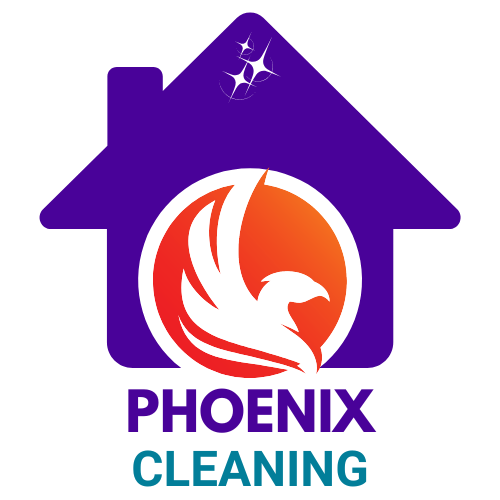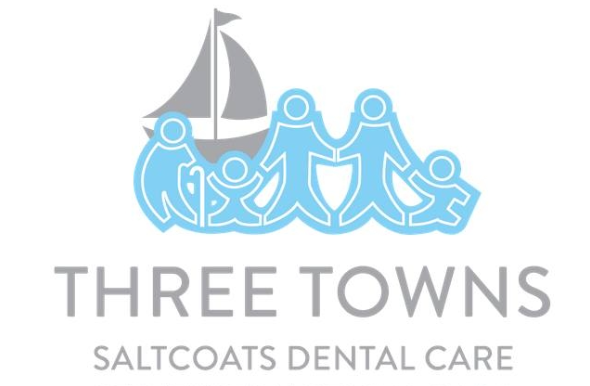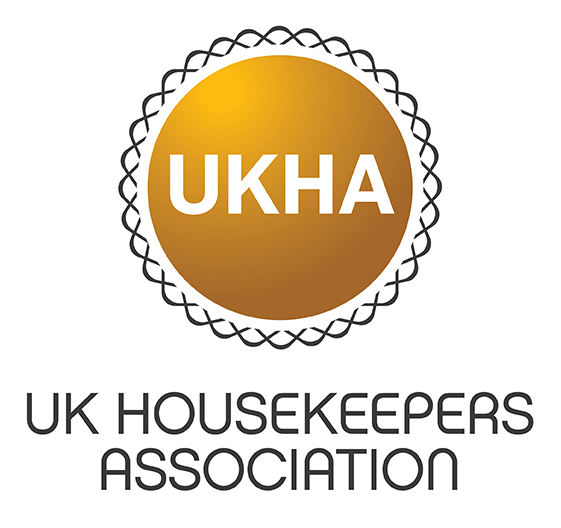Health & Safety Policy
Introduction
The following is a description of work that our company undertakes:
Carpet and upholstery cleaning
Cleaning of communal areas
Regular office cleaning
After builders cleaning
End of tenancy cleaning
Spring cleaning/ one off cleaning
Shops/ pubs/ restaurants etc.
Weekly domestic cleaning and ironing
Part 1 – General Statement of Policy
1.1 The company acknowledges and accept its legal responsibilities for securing the health, safety and welfare of all our employees, of Sub-contractors working on our behalf and all others affected by our activities.
1.2 The company will provide and maintain safe and healthy working conditions so far as reasonably practicable.
1.3 The company will encourage all employees to be actively involved in maintaining safe operating conditions and practices.
1.4 The company will carry out a regular review of this policy to ensure that these standards of Health & Safety are maintained.
Part 2 – Organisation
1.1 The head of the company has overall responsibility for health and safety in the Company and will:
Ensure suitable financial provision is made for Health & Safety obligations
Provides appropriate information and instruction to employees
Ensure work is planned to take into account Health & Safety issues
1.2 All employees shall at all times take reasonable care of themselves and have due regard for the Health & Safety of others who may be affected by their work activities. They:
Co-operate on Health & Safety matters
Report Health & Safety defects
Not interfere with anything provides to protect their Health & Safety
Part 3 – Arrangements
Health & Safety is considered in all aspects of our work. The following outlines the principal ways in which we implement health and safety:
1.1 Communication
The content of this policy and rules specific to a site or job are drawn to the attention of all employees and Sub-contractors. Employees and Sub-contractors present their views on Health & safety for existing and proposed jobs.1.2 Training
Employees are given training appropriate to their responsibilities. Training is specifically provided for work with hazardous substances, use of equipment, use of PPE and manual handling. Additional training required because of new work activities and the use of new equipment or substances will be provided when needed. New staff will receive induction training. A programme of refresher training will be undertaken to keep employees up to date with legislation and industry best practice.1.3 Risk Assessments
The head of the company carries out and records formal risk assessments. In additional risk assessments are carried out continuously by employees throughout their work. Hazards are considered and work methods established to minimise the risk of injury to themselves and others affected by the work. Where the employee does not have sufficient knowledge about a specific hazard, such as work in confined spaces, they will take further advice from Health & Safety advisor if required. The head of the company ensures operators are provided with appropriate instruction and training on risk.1.4 Method Statements
Formal method statements (safe working procedures) will be prepared in writing where the risk is particularly high.1.5 Co-operation with Clients
Employees always familiarise themselves with client procedures when first attending site, in particular general site access, emergencies and high risk work activities including permit to work systems. Clients site procedures are specific instructions will be followed at all times.1.6 Welfare
Welfare arrangements are established at each site, utilising client facilities whenever possible.1.7 Equipment
All equipment is subject to routine maintenance, including electrical testing, taking into account various factors, including:Statutory testing
Type of equipment
Amount of use
Consequences of failure
1.8 Personal Protective Equipment
PPE is provided as appropriate for the work activities. PPE is maintained by the individual, and is subject to routine maintenance as appropriate.1.9 Hazardous substances
The risk associated with hazardous substances is considered for all work activities. Alternative less harmful substances are used wherever possible. In case of risks to health, PPE is provided and used by employees, and health surveillance undertaken where necessary. Significant risks associated with hazardous substances will be subject to a formal written assessment in accordance with the Control of Substances Hazardous to Health Regulation (COSHH).1.10 First Aid and accident reporting
Wherever possible arrangements are made with clients to use their first aid facilities. Where this is not possible a supply of sterile plasters is carried by employees and assistance will be sought from the emergency services if required.All accidents are reported to the office and recorded in the accident book.
All accidents/incidents will be investigated by senior management and any action taken as a result of investigation will be formally recorded.
1.11 Manual handling
Manual handling risks are considered prior each work activity. The method of work is adapted to minimise handling risks wherever possible, including use of alternative lifting and carrying methods. Our employees are advised not to manual handle loads that they feel incapable of moving safely.1.12 Fire safety
All employees remain vigilant to the risk of fire and what to do if there is a fire alarm activated.1.13 Sub-contractors
Subcontractors are instructed primarily on the basis of their technical capability, though due regard is also taken of Health & Safety.1.14 Public safety
The safety of members of the public is considered at all times and appropriate action taken.








